Insurance for subsidence: how to cover your home
Take a look at this helpful Q&A guide that digs deep into the subject of insurance for subsidence and why home buyers need it
Subsidence is a word that strikes fear into homeowners. It happens when the ground beneath a building erodes and moves downwards, damaging the home’s foundations.
The movement can cause cracks and structural damage to your property, which can make it unstable. Reconstruction and repair costs a great deal to put right. That’s why it’s important to check that your home insurance for subsidence adequately covers you against this sort of damage to your property.
Insurance for Subsidence explained
Take a look at this helpful Q&A guide that digs deep into the subject of home insurance for subsidence and why property owners need it.
What is subsidence?

The first and most obvious signs of subsidence are cracks that appear on walls in your home. Some cracks are harmless. They’ll often appear as a newly-built house or extension settles downward under its own weight.
Thermal cracking is also common. It happens as a home expands in the heat and contracts in falling temperatures. This sort of movement is minor and easily repaired. It won’t be covered by home buildings insurance.
However, if you spot new cracks that seem to be getting bigger, or that run diagonally, it could be the start of subsidence.
In the worst-case scenario, your home may need to be underpinned. Which is construction process that can cost anywhere between £5,000 and £50,000 according to the Royal Institution of Chartered Surveyors (RICS).
What causes Subsidence?
Subsidence can happen anywhere. But it’s more common in areas where homes are built on clay soil which can dry out and shrink in summer or times of drought, causing downward movement and subsidence. Clay soils are particularly prevalent in London and the south-east.
Thirsty trees and shrubs close to properties can also be to blame if they absorb much of the water from the soil. Conversely, subsidence can be the result of poor or faulty drainage or flooding which washes away soil; non-cohesive sandy or gravel soils are particularly prone to this.
Homes built where mining has taken place in the past can also subside because there are open spaces beneath them.
What are the signs of subsidence?
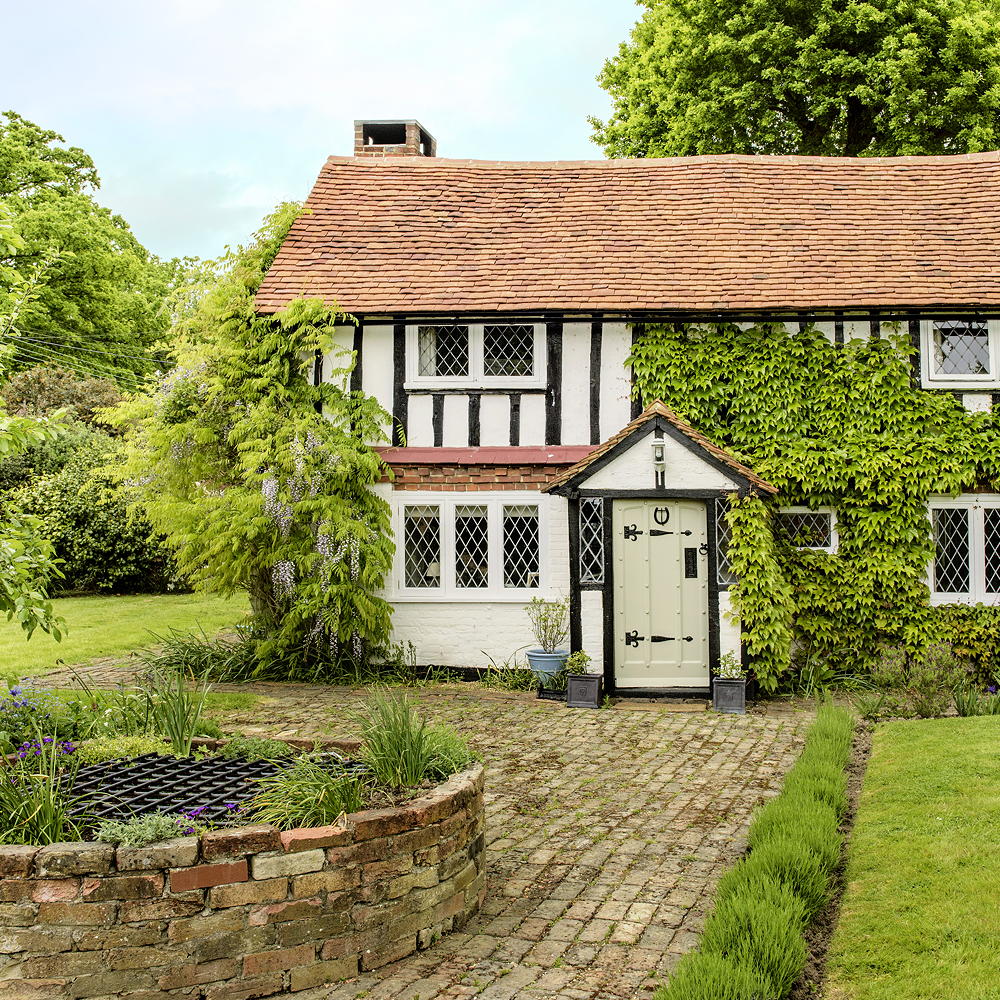
Cracks suddenly appearing on walls can spark concerns about subsidence. But, don’t panic. Minor cracks that measure no more than 2mm are usually nothing to worry about.
Of more concern are cracks that have become wider or longer over time and that measure more than 3mm wide. Look for those that run diagonally, or appear on exterior brick walls - zig-zagged and following the lines of mortar.
Other signs of subsidence can include cracks in concrete floors and garden paths, as well as doors and windows that stick and become difficult to open and close tight.
What should I do if I discover signs of subsidence?
Inform your insurer right away, to access what your current home insurance covers. This is where having some independent help - an insurance broker - can be really useful.
'A good broker will help you with your subsidence claim from the outset,' explains Steve Moores, client director at Aston Lark Insurance Brokers. 'If the cracks look suspect, your insurer will send out a loss adjuster to take a look. If they have concerns, then a structural engineer or surveyor will be appointed to visit your home. They will then begin the process of monitoring the cracks, in order to determine if movement is ongoing or has stopped.'
'The engineer may apply ‘Tell-Tale’ crack monitoring gauges to monitor horizontal and vertical movement across a crack.'
How long does subsidence repair take?
'Homeowners often think that subsidence will be resolved in a few weeks but it can take months and sometimes years,' says Moores.
'Even establishing whether or not there is a problem can take a long time. Cracks will usually be measured every three months over the course of a year or more - and through the seasons - because cracks can widen during dry spells of summer and close after wetter winter months.'
'If subsidence is confirmed, then the cause will be investigated, and the house made stable in order to rectify the problem, stop movement and to carry out repairs, which can include filling cracks and redecorating. All of this should be covered by your insurance, but policies differ so read your booklets carefully to see exactly what yours includes.'

Do all home insurance policies provide insurance for subsidence as standard?
'Most home insurance policies will include subsidence cover as standard for properties that haven’t suffered from this kind of movement before,' explains Steve.
'It’s important to check exactly what your policy includes. However, the insurer will usually cover the cost of monitoring and investigating the cause of the subsidence.'
This includes rectifying the cause and stabilising the building and repairing the damage done to your home - such as filling in cracks and redecorating.
'Most policies will also meet the cost of your accommodation should you need to move out of your home if it needs extensive repair. Better policies will give you longer alternative accommodation periods.'
Can I get insurance if my house has previously suffered from subsidence?
Getting insurance for a property that’s been affected by subsidence in the past can be difficult; if it has been underpinned, it can prove even more problematic. Some insurance companies won’t even quote for cover because they see it as too much of a risk that the property will need additional structural work in the future.
Others will consider insuring a property only after a certain period of time has elapsed. For example, if the damage to the home was over 10 years ago and there’s been no movement since.
If you’ve made a subsidence claim, your current insurer should provide continued cover following the claim. But, they are under no obligation, so could refuse you cover at renewal.
If they do continue to insure you, they may push up your premiums or exclude subsidence cover from any future claims. You’re free to look elsewhere for cover, but your choice of insurers will be limited.
'You can improve your chances of getting home subsidence cover if you have a Certificate of Structural Adequacy or a Structural Engineer’s Report. This shows that the cause of the movement has been removed, and that the structure is now sound,' says Moores.
'The documentation will give underwriters confidence to quote. If you don’t have these certificates and need to get a structural survey look for a structural engineer near you on The Institute of Structural Engineers website istructe.org.'
Do home insurance policies provide insurance for subsidence prevention?
'Insurers will not normally give cover to stop the problem from happening again, though, as this would count as ‘betterment’.
'For example, let’s say the subsidence was caused by a tree in your garden that’s dried out the soil and caused it to shrink and sink. Although insurance will cover the cost of removing that tree, it won’t pay to fell another tree, equally as close to your home, but which hasn’t as yet caused damage. An insurer might make it a requirement that the other tree is removed. But the cost of that would likely be down to you.'
In general, policies won’t pay for subsidence damage to surrounding structures. For example, patios, boundary walls, gates, fences and driveways - unless the home is damaged at the same time and by the same cause.
There is usually a separate compulsory excess for subsidence claims - typically £1,000. You’ll need to meet this portion of the claim yourself.
How much does insurance for subsidence cost?
If you’ve been unlucky enough to have suffered subsidence, you might have to pay higher insurance premiums than normal. The market of insurers willing to cover you is smaller, so there’s less competition.
There may be a higher compulsory excess applied if you’ve had subsidence too. The usual £1,000 excess can increase to around £2,500. Or, in some cases, insurers might impose a £5,000 excess or even more.
However, it’s not all about how much home insurance cost. Read the small print in any policy to be sure that the insurance for subsidence you’re getting is good quality.
'Cheaper quotes are often cheaper for a reason,' says Moores. 'Usually a low-cost home insurance policy is cut-price because the extent of the cover is not as good. A good policy will be 'All Risks' which gives much wider cover than standard, cheaper policies.'
'Basic policies are more limited with lower claims limits. Restrictive terms mean that for a claim to be paid, it has to meet the very particular circumstances of the policy wording.'
Should I engage a specialist provider when it comes to insurance for subsidence?
It’s a good idea to go through a broker who’s experienced at working with providers that specialise in insuring homes with a history of subsidence and previously underpinned properties (known as PUPs for short).
A specialist broker can also find the best deals with the widest cover. They will also know and understand the policy coverage to be sure you’re adequately covered if the subsidence happens again.
You can contact an insurance broker through the British Insurance Brokers' Association (BIBA) for specialist advice.
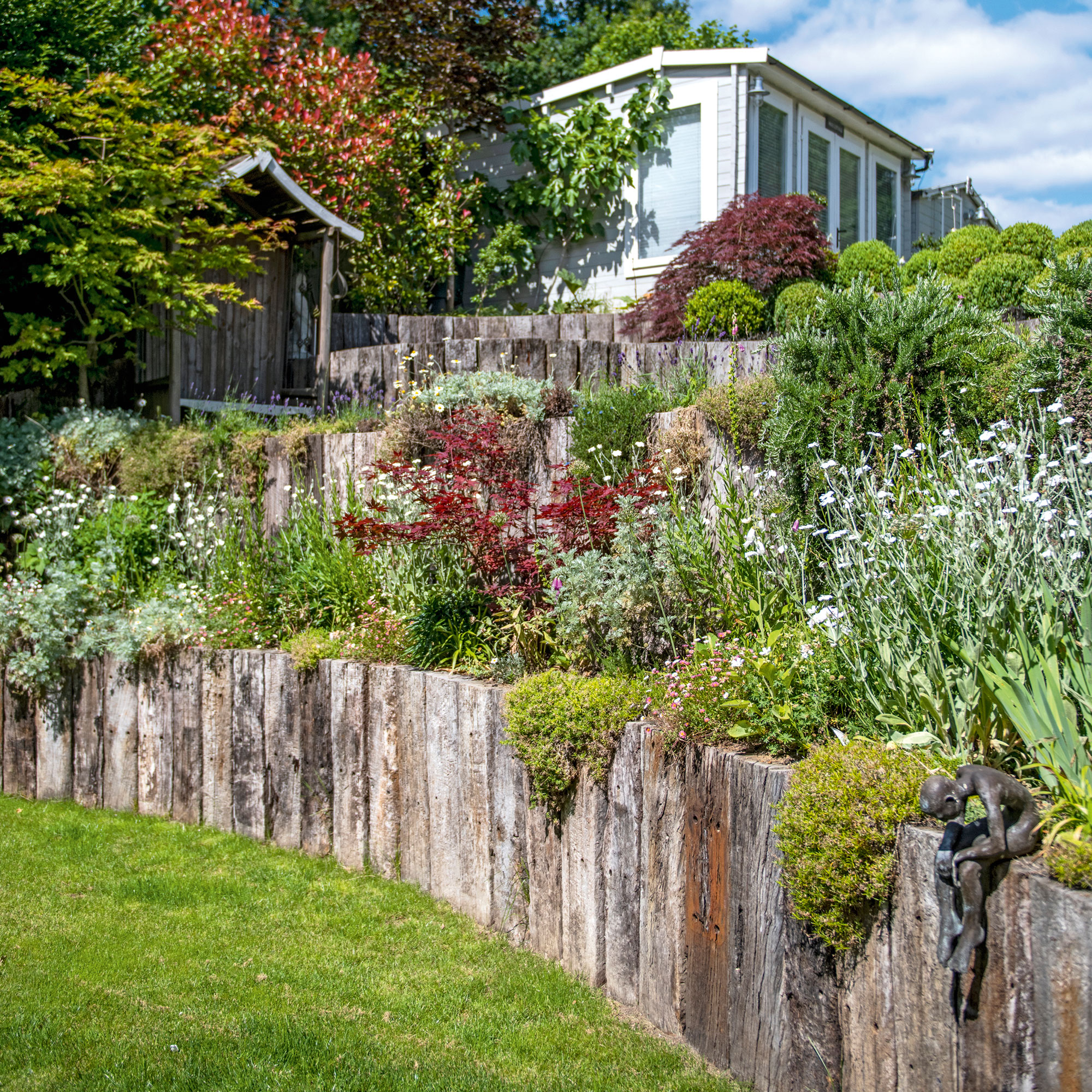
Can subsidence be avoided?
In most cases, subsidence can be resolved fairly easily. For example, by removing trees or cutting them back so they absorb less soil moisture. Or, by fixing plumbing leaks.
Underpinning is used as a last resort. It’s estimated that just 10% of properties that have subsidence need this type of work.
Methods of underpinning include:
- Strengthening the soil by injecting it with a polymer or resin.
- Filling sections of the ground with concrete.
- Installing concrete beams or screw piling systems to support the foundations.
Though you can’t change the type of soil your home is built on, you can cut the risks of subsidence by:
- Cutting back or removing trees planted close to your home. Do not remove trees that are older than the property. This can cause the opposite problem of heave - where the foundations of your home lift. Seek expert advice.
- Maintaining plumbing, gutters, pipes and drains to ensure there are no leaks.
Get the Ideal Home Newsletter
Sign up to our newsletter for style and decor inspiration, house makeovers, project advice and more.
-
 Should an air fryer be on display in a kitchen or hidden away? This is why I always keep my small appliances on the worktop
Should an air fryer be on display in a kitchen or hidden away? This is why I always keep my small appliances on the worktopAre you on team display or neatly hidden away? Share your opinion in the comments
By Rebecca Knight
-
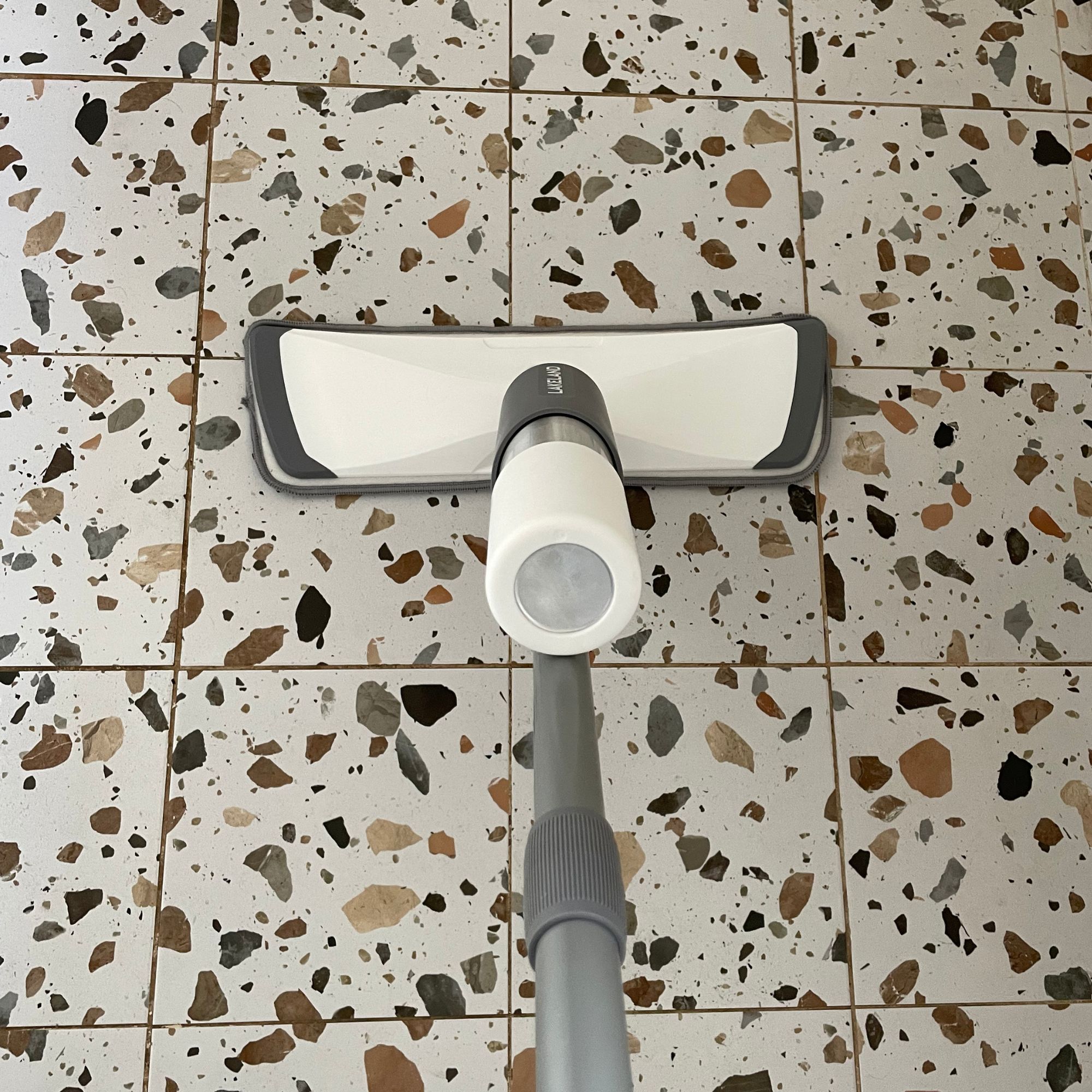 Experts warn that these 5 mopping mistakes are making your floors dirtier — and damaging your floors in the process
Experts warn that these 5 mopping mistakes are making your floors dirtier — and damaging your floors in the processThis is how to keep them clean and avoid costly damage
By Lauren Bradbury
-
 Move over, fences – dead hedges are the wild and wonderful alternative your garden will love and they're easier to build than you'd think
Move over, fences – dead hedges are the wild and wonderful alternative your garden will love and they're easier to build than you'd thinkThe perfect eco-friendly solution for small gardens
By Kayleigh Dray
-
 You can claim back over £300 a year from HMRC if you work from home - here’s how to check if you’re eligible
You can claim back over £300 a year from HMRC if you work from home - here’s how to check if you’re eligibleWhen it comes to saving, every little helps
By Kezia Reynolds
-
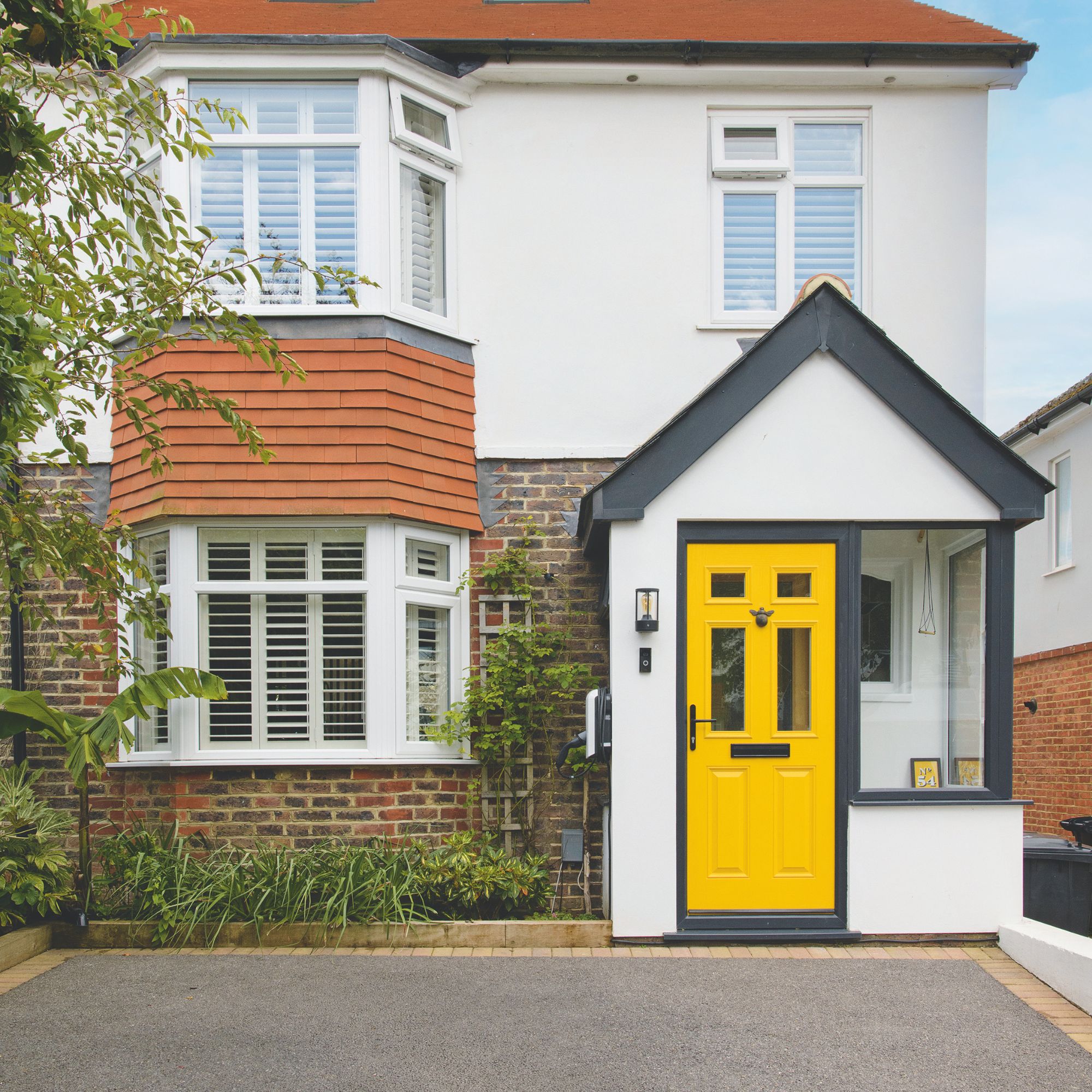 Experts have revealed the best day to renew your home insurance policy - you’ll want to do it sooner rather than later
Experts have revealed the best day to renew your home insurance policy - you’ll want to do it sooner rather than laterDon't leave this task at the bottom of your to do list
By Kezia Reynolds
-
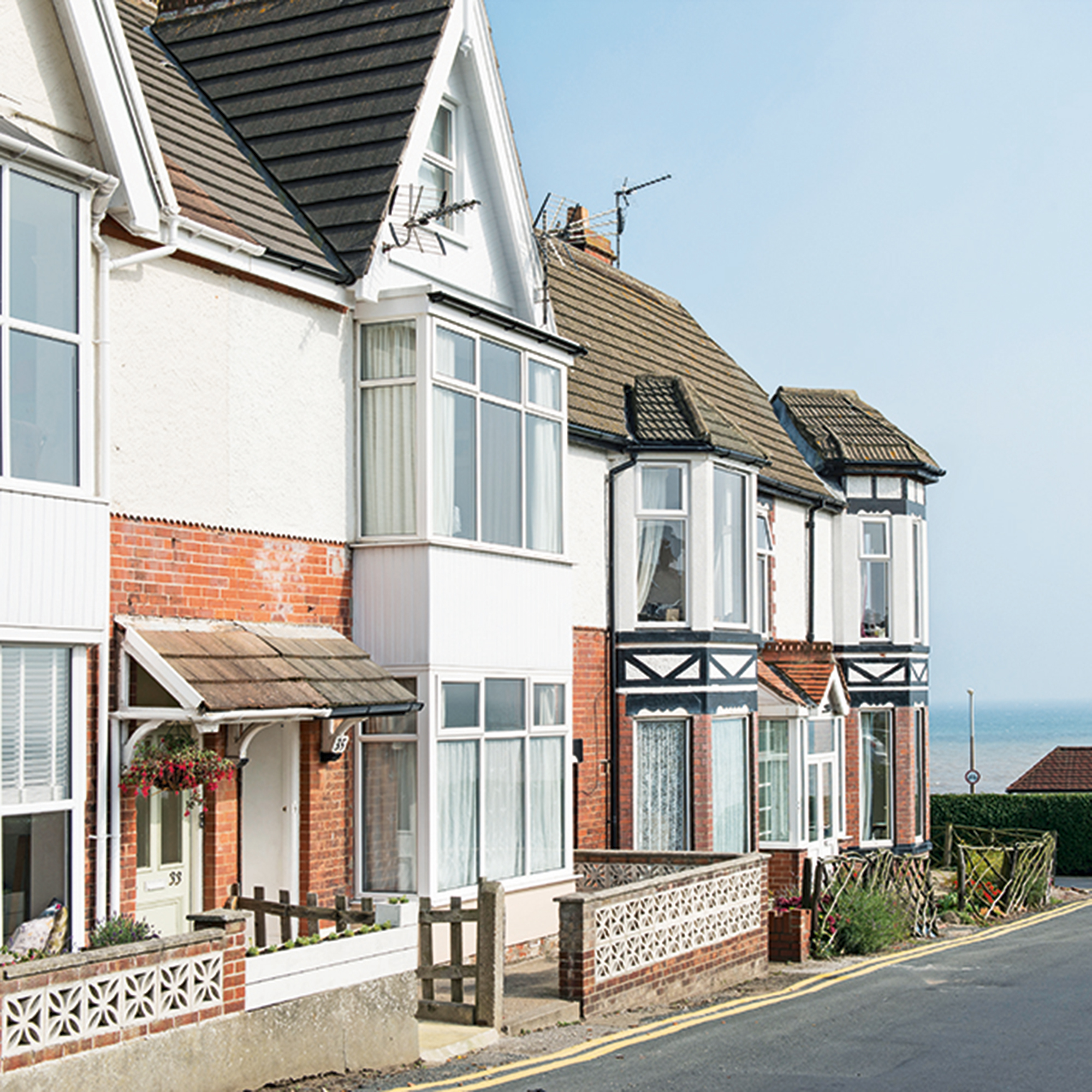 Is a variable rate mortgage ever a good idea? Experts weigh in
Is a variable rate mortgage ever a good idea? Experts weigh inOur money expert explains what a variable rate mortgage is, who they can be good for, and the pros and cons of this kind of mortgage
By Samantha Partington
-
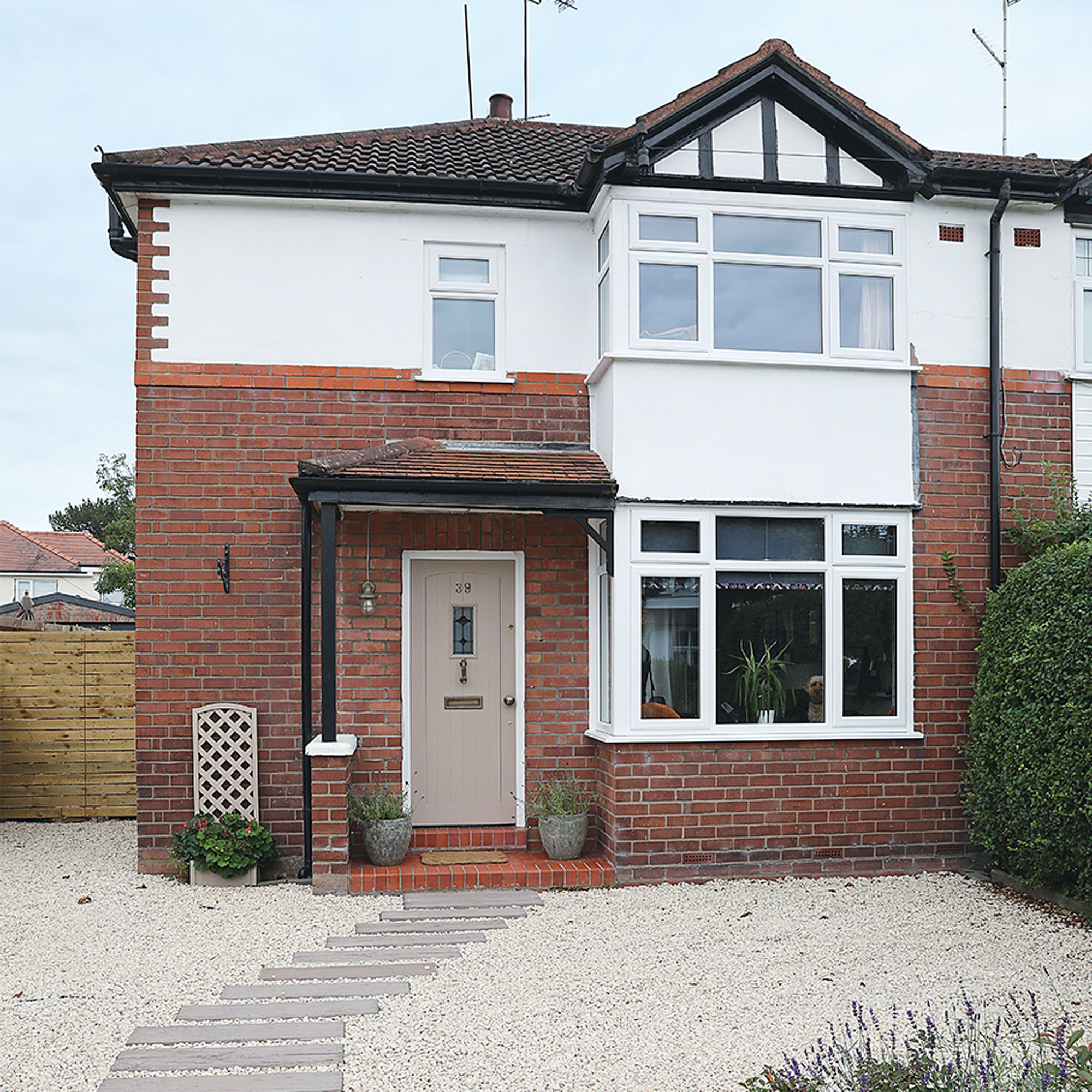 I’m a first-time buyer, what are my chances of getting a mortgage right now?
I’m a first-time buyer, what are my chances of getting a mortgage right now?And what you can do to increase your odds
By Rachel Wait
-
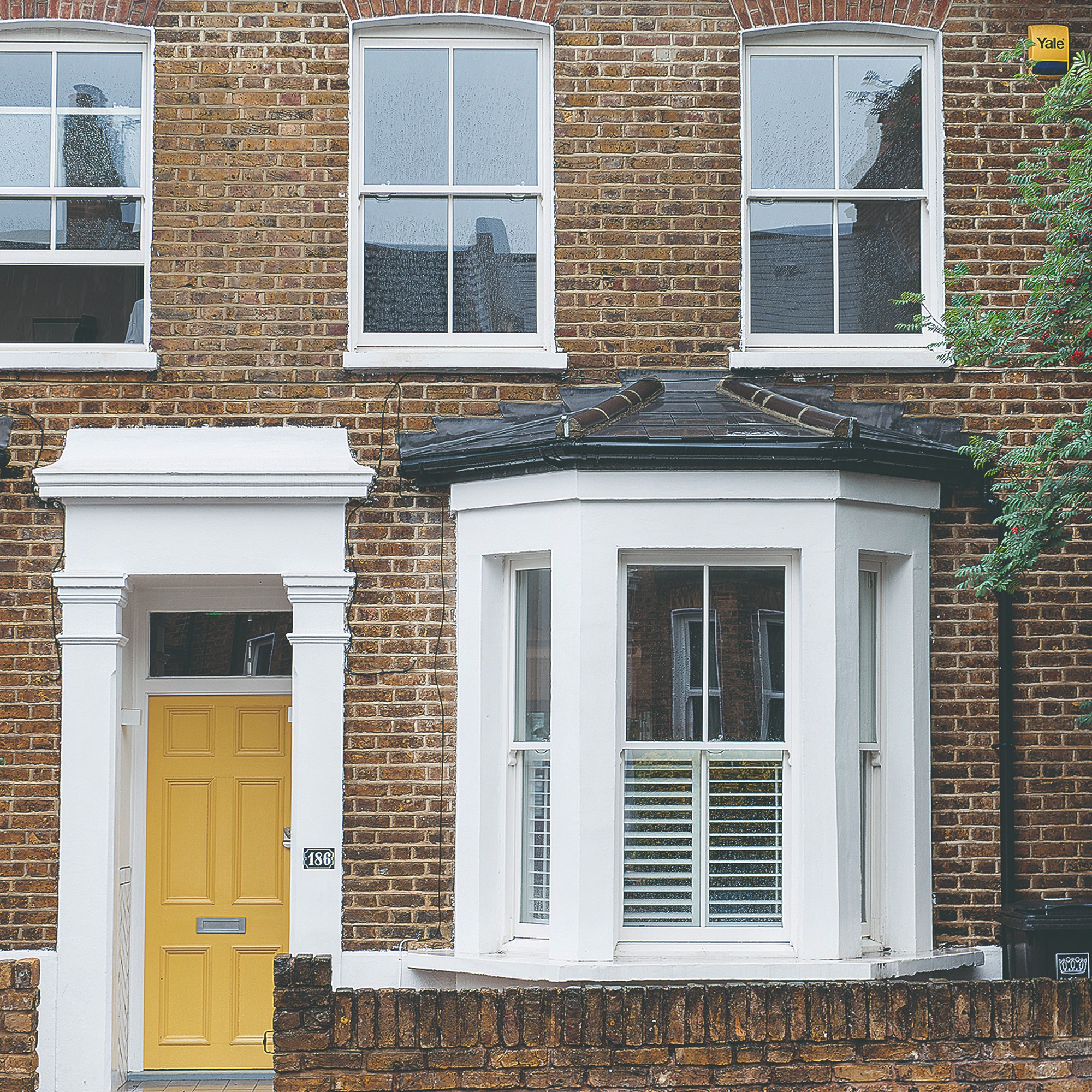 Should you ever pay above the asking price for a home?
Should you ever pay above the asking price for a home?Our money expert explains whether you should ever pay over the asking price for a home, especially if house prices fall as predicted
By Samantha Partington
-
 Should I fix my mortgage and how long should I fix for?
Should I fix my mortgage and how long should I fix for?We speak to the experts to find out whether you should fix your mortgage and how long for as well as the impact further interest changes could have on your decision
By Samantha Partington
-
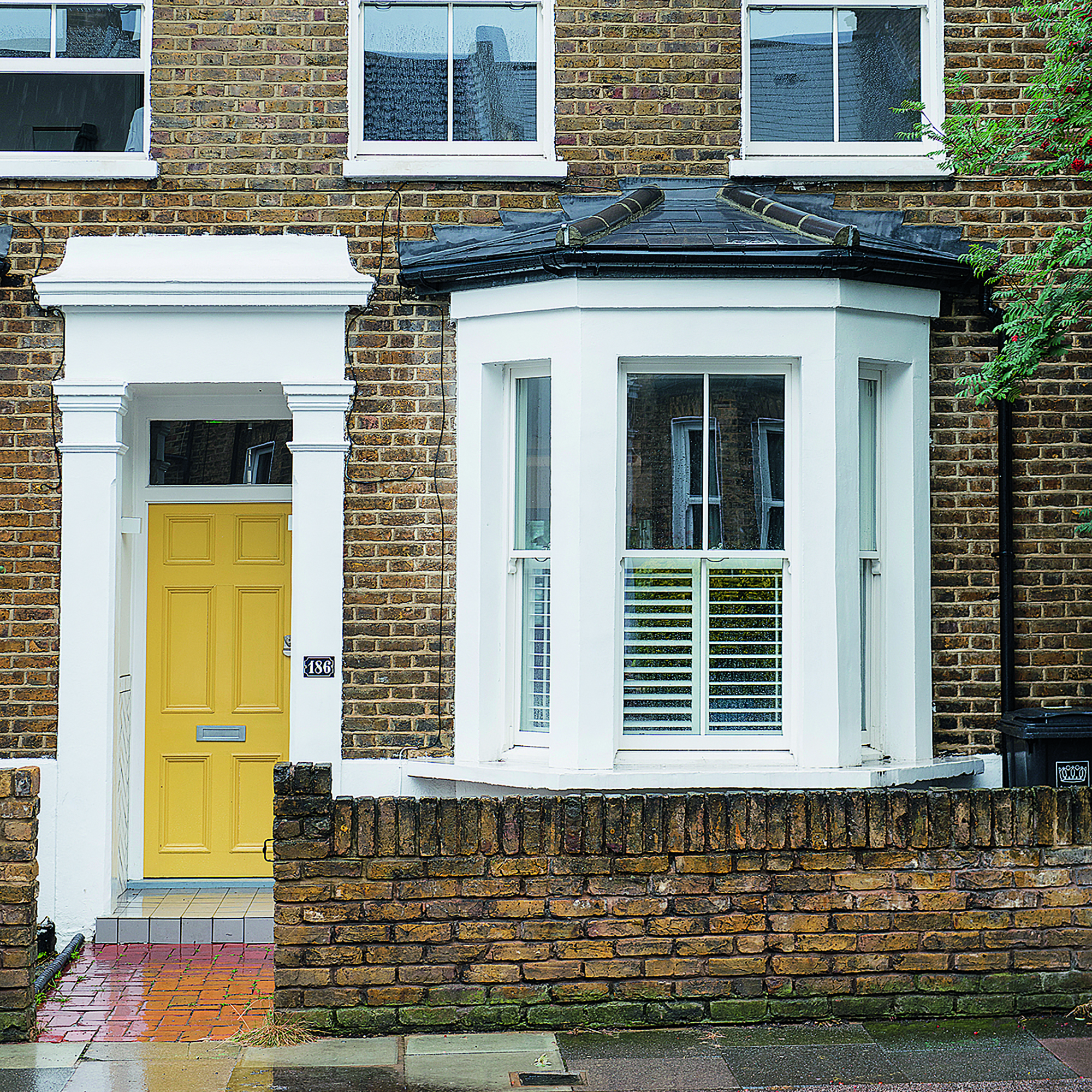 We put your mortgage questions to two leading experts, here's what they said
We put your mortgage questions to two leading experts, here's what they saidAs mortgage panic continues, we've answered the most common questions - from when mortgage rates will come down, to when you actually have to pay stamp duty
By Samantha Partington
-
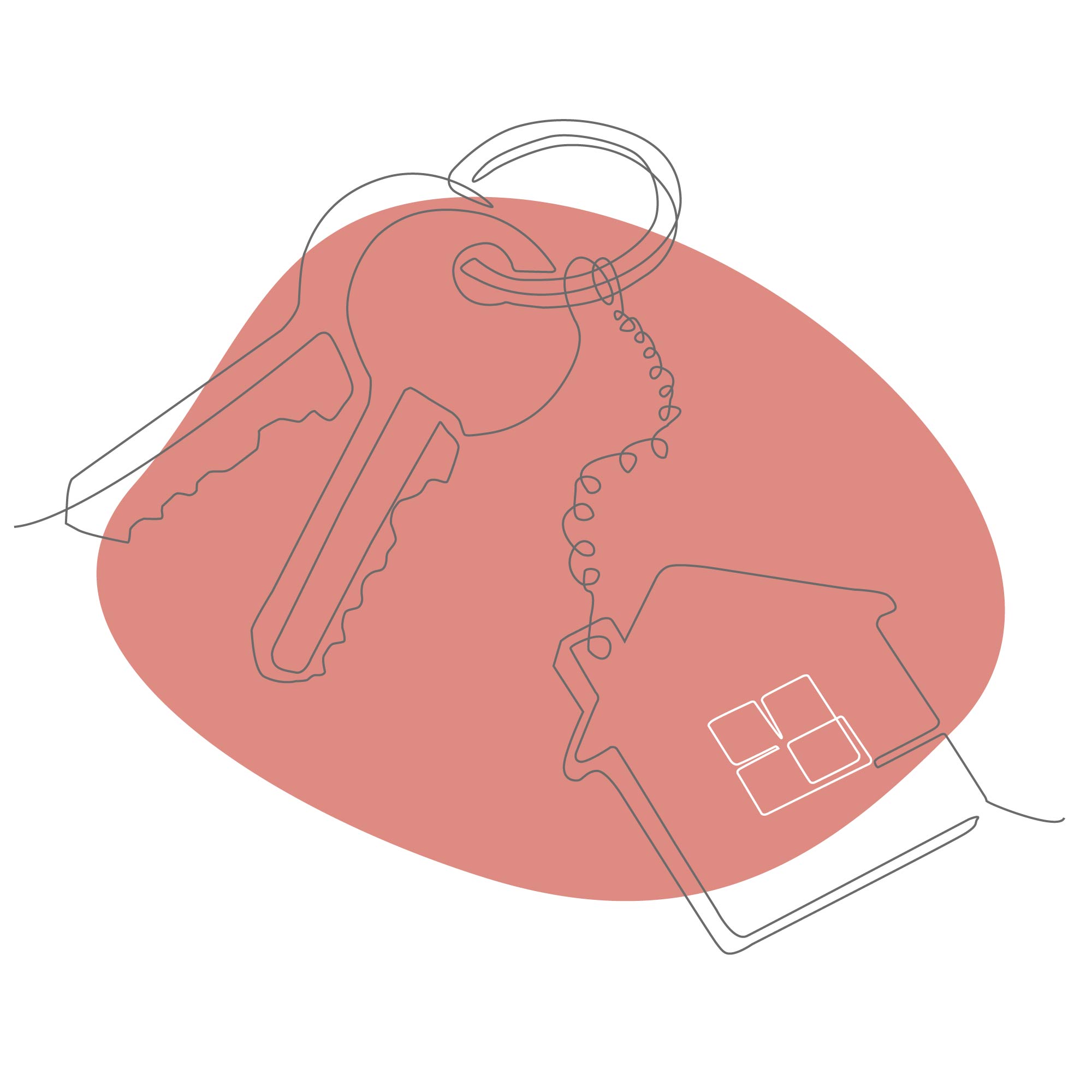 'My mortgage is set to skyrocket - what should I do?' 5 potential solutions from a money expert
'My mortgage is set to skyrocket - what should I do?' 5 potential solutions from a money expertIf you're facing higher mortgage costs, our money expert explains various courses of action you could take to ease the pressure
By Samantha Partington